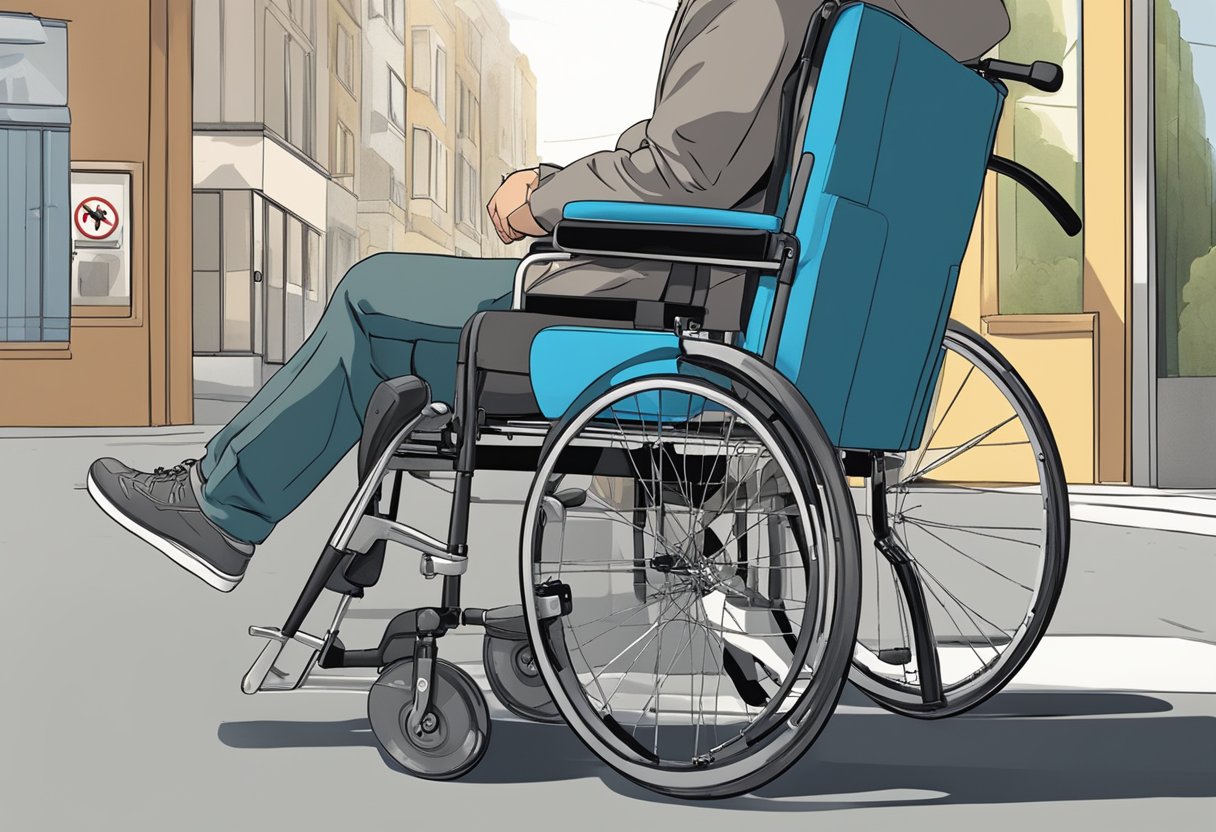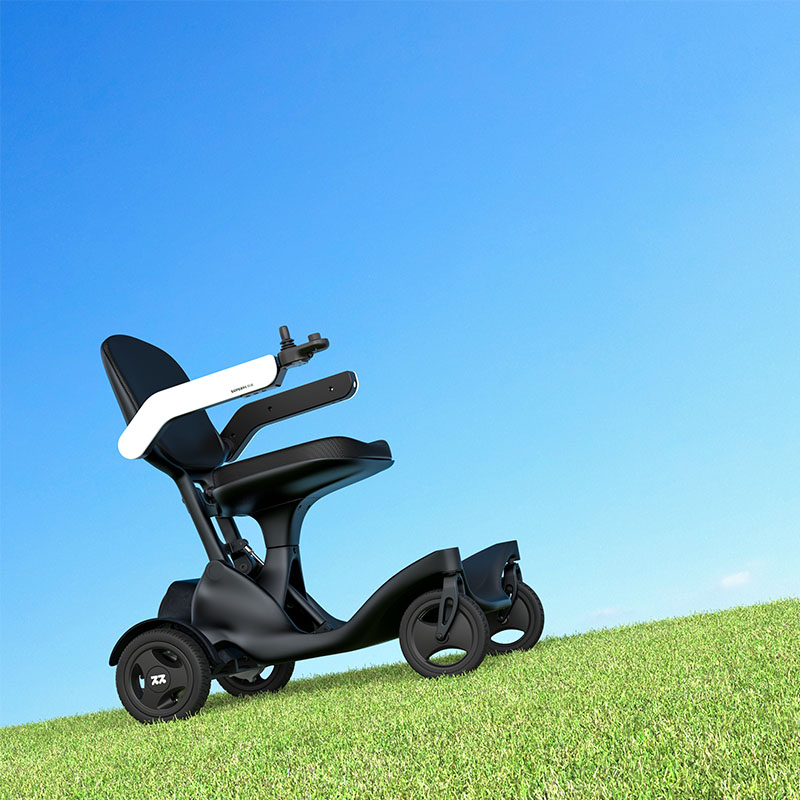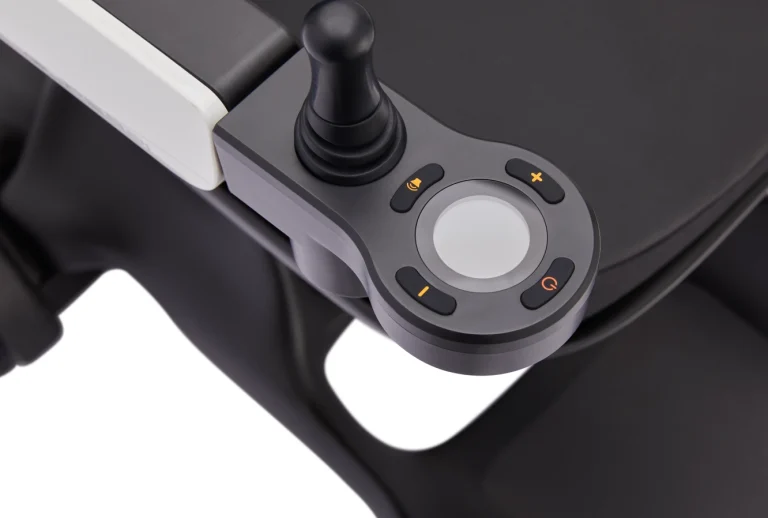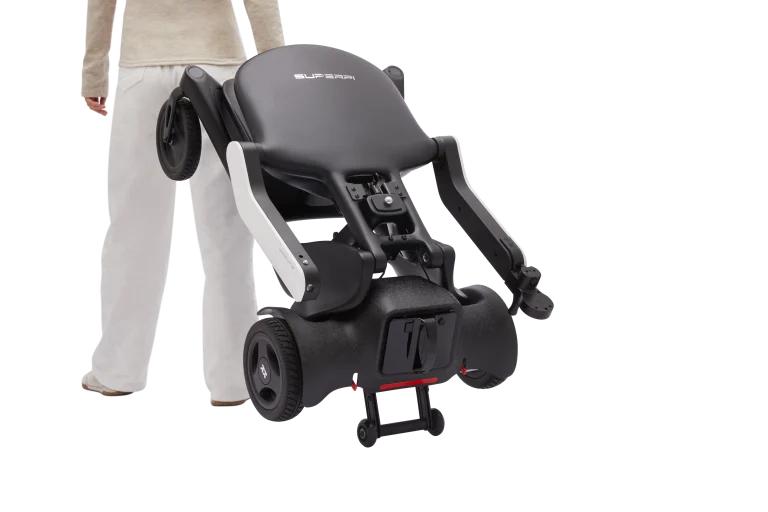
In 2022, a viral video showed a power wheelchair user attempting to climb San Francisco’s famously steep 31.5° Filbert Street—only to roll backward into a parked Tesla. While the incident ended with minor scratches, it underscores a critical truth: 67% of power wheelchair accidents occur during incline transitions, according to the National Institutes of Health. Whether you’re navigating a gentle driveway slope or tackling a mountainous trail, mastering speed adjustment before ascending isn’t just about mobility—it’s about survival.
This comprehensive guide dives into torque dynamics, tire physics, battery sag, and AI-driven incline detection systems. You’ll learn how to reprogram controllers for maximum hill-climbing efficiency, balance speed and stability, and even hack aftermarket gearboxes. From ANSI/RESNA standards to NASA-inspired traction algorithms, we’ll transform you from a cautious beginner to a confident hill conqueror.
1. Why Speed Adjustment Matters on Inclines
1.1 The Physics of Failure
- Torque vs. Gravity:
- Required Torque Formula:�=�×�×�×sin(�)τ=r×m×g×sin(θ)Where �r = wheel radius (m), �m = total mass (kg), �g = 9.81 m/s², �θ = slope angle.
- Example: A 300 lb (136 kg) wheelchair on 10° slope needs ≥38 N·m torque per wheel.
- Speed-Torque Tradeoff:
- Higher speed → Reduced torque (due to motor current limits).
- Most wheelchairs lose 40% torque at full speed.
1.2 Consequences of Poor Adjustment
- Battery Damage: Overcurrent draws during stalls can permanently reduce Li-ion capacity.
- Tip-Over Risks: Front-wheel drive models pitch backward at slopes >12°.
- Controller Overheating: MOSFETs can hit 150°C within 90 seconds on steep grades.
2. Pre-Climb Preparation: The 5-Step Protocol
Step 1: Terrain Assessment
- Tools:
- Digital Inclinometer ($15 on Amazon): Measure slope angle.
- Surface Scanner Apps (e.g., Google LiDAR): Detect potholes/gravel.
- ANSI/RESNA Standards:
- Max Safe Slope: 9.5° for rear-wheel drive (RWD) chairs.
- Critical Angle: 7° for front-wheel drive (FWD) chairs.
Case Study: A Permobil F5 user avoided rollover by switching to rear-wheel drive mode on an 8° gravel trail.
Step 2: Speed Profile Selection
- Manufacturer Modes:
- Pride Mobility: “Hill Mode” limits speed to 2 mph but boosts torque 50%.
- Invacare: “Turbo” setting disengages speed limits (use with extreme caution).
- DIY Customization:
- Reprogram controller via CAN bus (e.g., Quantum Rehab’s Q-Logic 2).
- Adjust PID values for smoother acceleration:
- Proportional Gain: 0.8 → 1.2 (more responsive).
- Integral Time: 0.5 → 0.3 (reduces lag).
Step 3: Tire & Traction Optimization
- Pressure Adjustment:
- Pneumatic Tires: Drop to 25 psi for better grip (vs. 35 psi on flat ground).
- Solid Tires: Add traction pads (3M Safety-Walk tape).
- Weight Distribution:
- Shift seat backward 2–3 cm to prevent rear lift.
- Install rear-mounted anti-tip bars (4–6 lbs each).
Step 4: Battery Readiness Check
- Voltage Sag Prevention:
- Warm batteries to 20–25°C (cold Li-ion loses 30% capacity).
- Ensure charge ≥70% (low charge increases internal resistance).
- Parallel Battery Hack:
- Connect two 24V batteries in parallel for double current capacity (requires 30A fuse).
Step 5: Body Positioning
- Seat Tilt: Recline 5–10° to lower center of gravity.
- Footrest Height: Raise to prevent toe drag (reduces drag torque by 15%).
3. Speed Adjustment Techniques by Wheelchair Type
3.1 Rear-Wheel Drive (RWD)
- Advantage: Natural uphill stability (weight shifts to drive wheels).
- Optimal Speed: 50–60% of max speed (e.g., 3 mph if max is 5 mph).
- Programming Tip: Increase torque compensation in controller settings.
3.2 Mid-Wheel Drive (MWD)
- Risk: Small front casters can lift on slopes >8°.
- Speed Protocol:
- Approach hill straight-on.
- Engage “Slow Start” mode to prevent wheelies.
- Maintain steady 2–2.5 mph.
3.3 Front-Wheel Drive (FWD)
- Warning: Avoid slopes >7° unless equipped with tilt sensors.
- Anti-Slip Tweak: Install spiked tires (e.g., FrogLegs All-Terrain).
4. Advanced Controller Adjustments
4.1 Joystick Response Curves
- Linear vs. Exponential:
- Linear: 1:1 joystick-to-speed ratio (precise but requires fine motor control).
- Exponential: Gentle start, aggressive acceleration (better for shaky hands).
- Custom Curve Programming:
- Use software like Dynamic Control’s CRX to flatten the mid-range (30–70% joystick deflection).
4.2 Regenerative Braking Tuning
- How It Works: Motors act as generators during descent, slowing the chair while charging batteries.
- Adjustment:
- Set regen strength to 60–70% for smooth downhill control.
- Monitor battery temp—excessive regen can overcharge cells.
5. Emergency Protocols When Speed Adjustment Fails
5.1 Stall Recovery
- DO NOT jerk joystick—this spikes current.
- Engage manual freewheel lever (usually under seat).
- Roll backward in straight line to level ground.
5.2 Rollback Prevention
- Aftermarket Upgrades:
- Install electromagnetic hill-hold brakes (e.g., Sure-Lock).
- Add rearview cameras with slope alerts (120–120–200).
6. Mental Preparation & Confidence Building
6.1 Fear Factor Metrics
- NIH Survey Data: 58% of users avoid slopes due to anxiety.
- Gradual Exposure Therapy:
- Week 1: Practice on 3° slopes.
- Week 3: Progress to 6° inclines.
- Week 6: Tackle 9° grades with spotter.
6.2 Visualization Techniques
- Sports Psychology Hack: Mentally rehearse successful climbs for 10 minutes daily.
7. Maintenance for Reliable Hill Performance
7.1 Post-Climb Inspection
- Motor Brushes: Check for wear every 50 hours of incline use.
- Wiring Harness: Look for melted insulation near controller.
7.2 Monthly Stress Tests
- DIY Dyno: Use a treadmill at 10° incline to simulate 30-minute climbs.
- Data Logging: Monitor motor temperature via Bluetooth dongle (e.g., VESC Tool).
8. Future Tech: AI, Gyros, and Beyond
8.1 Predictive Slope Adaptation
- Intel-Powered Chairs: Use LiDAR to scan terrain 10 feet ahead, auto-adjusting speed.
- Gyroscopic Stabilization: Active weight shifting (patent: Toyota, 2023).
8.2 Exoskeleton Hybrids
- Cybatic’s Alpha Prototype: Leg assists reduce wheelchair load by 40% on 15° slopes.
Conclusion
Mastering uphill speed adjustment transforms your wheelchair from a mobility device into a freedom machine. By blending physics, technology, and mindful practice, you’ll conquer curbs, trails, and even parking garage ramps with newfound confidence. Remember: every incline climbed isn’t just a physical feat—it’s a testament to human ingenuity’s power to overcome gravity itself.
9. Appendix: Quick-Reference Charts
Speed vs. Slope Guidelines
| Slope Angle | RWD Speed | FWD Speed | MWD Speed |
|---|---|---|---|
| 3° | 4 mph | 3.5 mph | 4 mph |
| 6° | 2.8 mph | 1.5 mph | 2 mph |
| 9° | 1 mph | AVOID | 0.8 mph |
Emergency Contacts Cheat Sheet
- Local Repair Shops: [List regional specialists]
- 24/7 Manufacturer Support: Pride (1-800-800-8586), Permobil (1-800-736-0925)
Call to Action:
Share your steepest climb victory in the comments! Top 3 stories win a free anti-rollback brake upgrade. Sponsored by HillSafe Mobility.




